Master the Art of Zucchini Farming: A Complete Step-by-Step Guide to Growing Bountiful Zucchinis
Growing exotic zucchini is an easy veggie. Growing zucchini is a great substitute for farmers who want to begin planting non-traditional veggies.
You can eat zucchini both raw and cooked. It is categorized as a vegetable and is often used in savory dishes. It's also known as summer squash.
There are three hues of the vegetable: light green, green, and yellow. The zucchini vegetable resembles a cucumber, and it is best eaten while it is young, around 6 to 8 inches long, and has not yet developed seeds. Zesters are technically a kind of summer squash. It is picked while it is still very young.
Zucchini is full of vitamins, minerals, and plant-based materials. Its many health benefits range from improved digestion to a lower risk of heart disease. It could strengthen your heart. The fruit has a high fiber content. It also reduces the chance of getting diabetes. Zucchini is a useful treatment for diabetes. Some people like their zucchini raw, which tastes great in salads. Zucchini has a moderate, somewhat bitter, and slightly sweet taste.
Additionally, zucchini has trace quantities of magnesium and phosphorus in tiny concentrations, as well as minor amounts of manganese, potassium, and the B vitamins A, B6, and C.
Zucchini cultivation and farming practices with Farmersrathna Agri-news
How to Grow Zucchini: A Guide When to Plant Lettuce
Warm weather makes zucchini planting quite easy. Don't sow seeds or transplants until the soil temperature reaches a minimum of 65 to 70 degrees. In more moderate climates (zones 6 and below), zucchini is grown as a summer crop and is often planted in May. In warmer growing zones, including the Southeast, Gulf Coast, and Desert Southwest, zucchini may be grown twice, once in the spring and once in the autumn.
Where to Plant Zucchini
Growing zucchini requires full light (at least 6 to 8 hours) and constantly wet, organic-rich soil. Certain types of zucchini are vining, meaning they need a lot of room to spread out or a trellis. Shrub variants suitable for growing in small areas and container gardening are also available.
Climate Requirements for Growing Cucumber
Zucchini is one of the summer crops that gets plenty of direct sunshine. Between 18 and 24 degrees Celsius is the ideal range. Heat is preferred by zucchini. For at least fifty days, it must be free of frost in order to produce ripe fruits.
Zucchini plants are healthy when they are grown in an area that gets direct sunshine for a minimum of six hours. While the recommended temperature range for zucchini nursery plants is 22 to 29 °C, seeds must germinate between 28 to 32 °C.
What Soil Needs to Grow Zucchini
The ideal soil for growing zucchini is loamy to well-drained soil. Most essential, examine your soil every few years to make sure it is healthy and balanced. Apply only organic fertilizer's to plants. The optimum soils for producing zucchini plants are those with a pH of 6.5 and a high organic matter content.
The seedling will look independent in loose soil. Due to the high food consumption of zucchini plants, the soil must be rich in organic materials. While heavier soils are ideal for plants that will yield later in the season, lighter soils are appropriate for early seed planting.
Harvesting of Zucchini and step by step guide by Farmersrathna Agri-news
Plant separation and seedling growth rate
The seed rate for growing summer squash is 2 kg/acre, while for growing zucchini, it is 1–1.25 kg/acre.
Time of Sowing
During the last week of February or the first week of March, when the nighttime low falls to between 18 and 20 degrees Celsius, the seed is sown. The nursery may be grown in plug trays with 3.5 cm cells in a covered structure from December to February.
Plant Separation
Zoodle plants are planted about one meter apart, with 500–900 mm separating each plant in a row. This yields 7500–11,000 plants per acre.
Control of Fertilizer
These are the two main purposes of manure and fertilizers'. They provide the proper nutrients to the soil, promoting the development of robust plants.
If you want your zucchini to grow organically, incorporate some compost or well-rotted manure into the soil before planting. You may also use organic fertilizer's. These plants eat a great deal of food. For that reason, they need enough nutrients to continue growing. Use 1.5 to 2 quintals FYM while preparing the field. Typically, one acre should get 25 kg of NPK.
Control of Irrigation
Zucchini needs consistent rainfall to provide bountiful, trouble-free crops. Plants need water to live. Water your zucchini plants by 1 to 2 inches when the soil seems dry. Generally speaking, provide water once a week in cold weather and up to twice or three times a week in hot and dry conditions.
Cross-cultural Management
Zucchini requires frequent weeding: To keep the weeds under control and provide an economically viable crop production, the first weeding operation may be done anywhere from 15 to 20 days following planting.
When to Harvest Zucchinis:
Being an annual, zucchini can only live for one growth season, which may last anywhere from 90 to 150 days, depending on the variety, the climate, and the site.
Forty to fifty days after sowing, the majority of zucchini varieties are ready for harvesting. It grows quickly after blooming, so you can select it before the zucchini becomes tough. Summer squash, of which zucchini is a kind, contains fruit with soft, edible skin. Summer squash takes 35 days to mature, and it develops swiftly. It is one of the first cucurbits to be sold, and it grows exclusively in areas next to marketplaces.
-logo.webp.png)
.jpg)
-logo.webp.png)
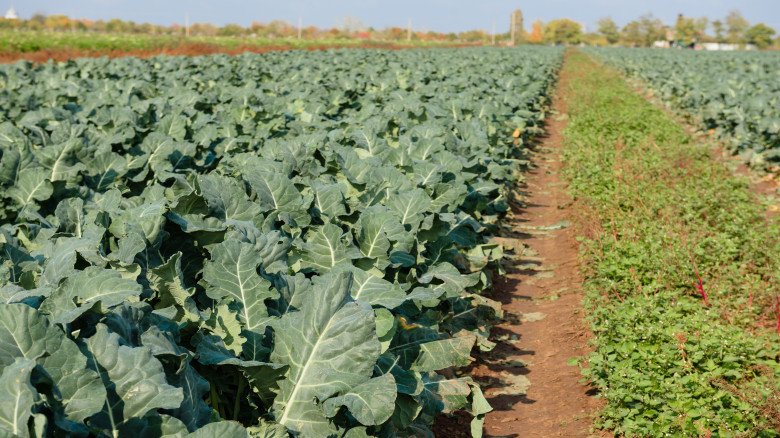


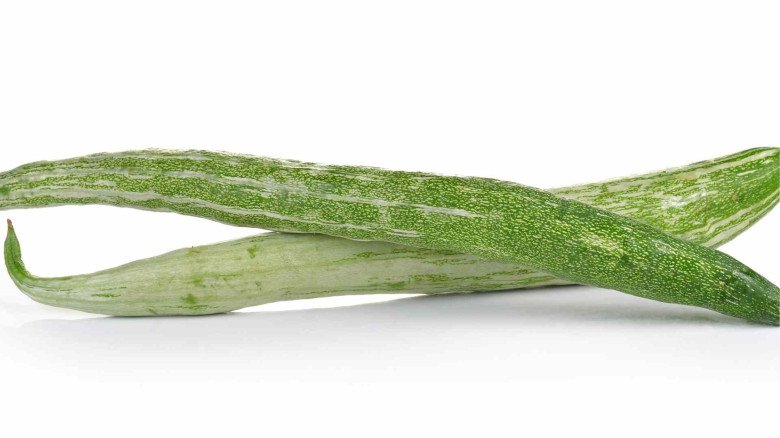

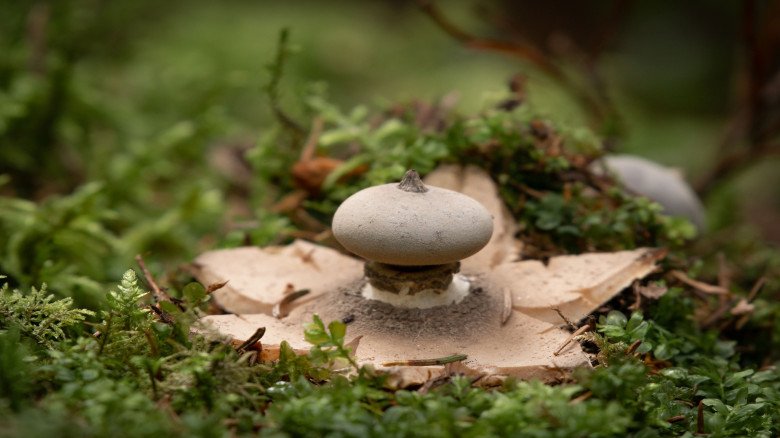

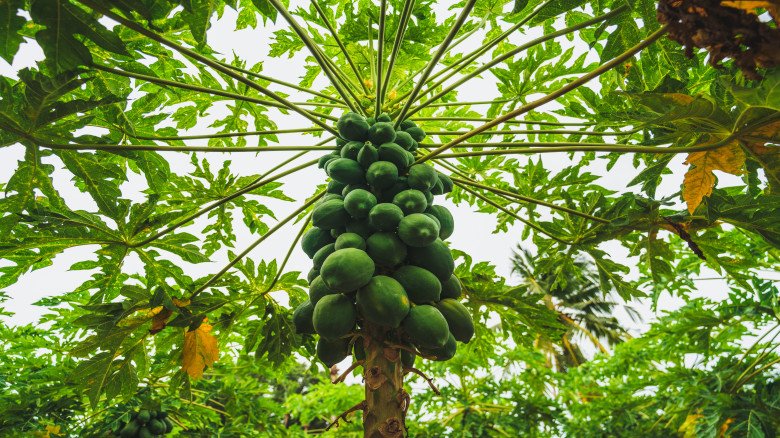
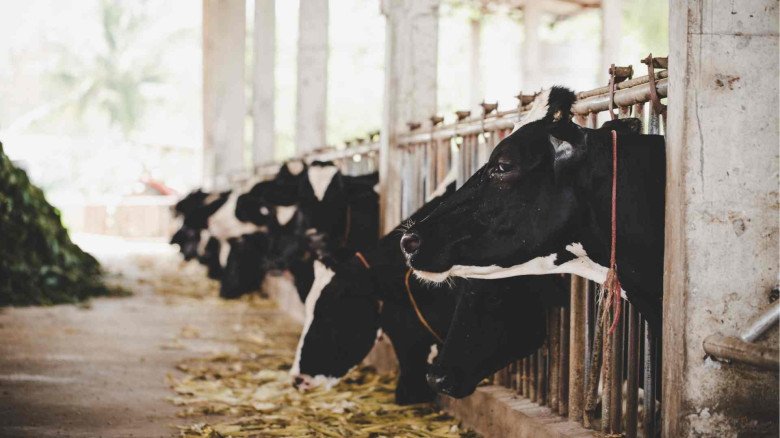
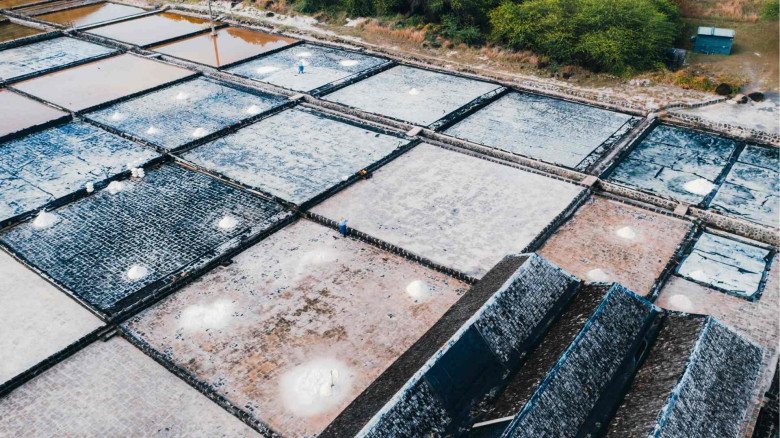
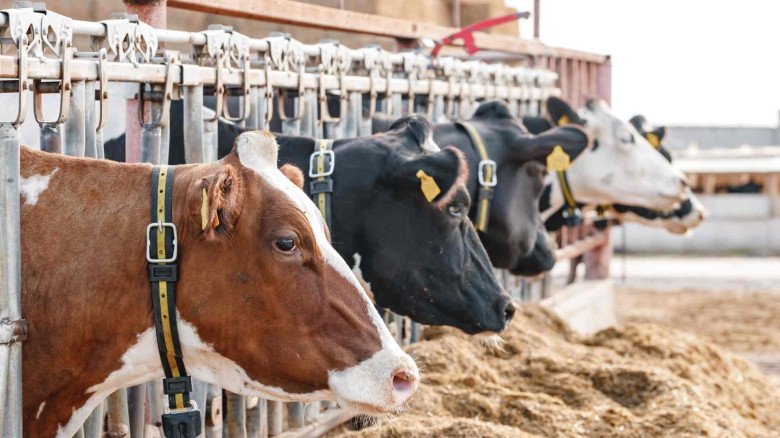
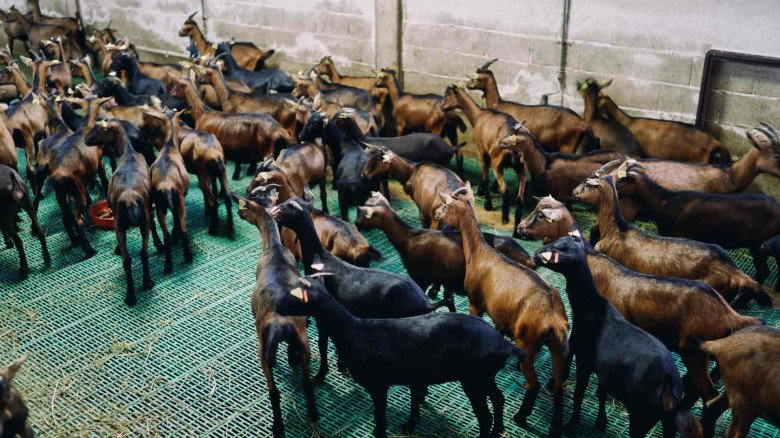

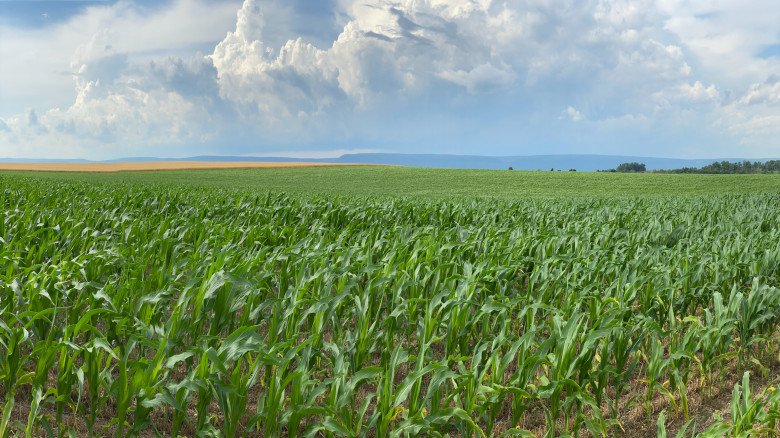
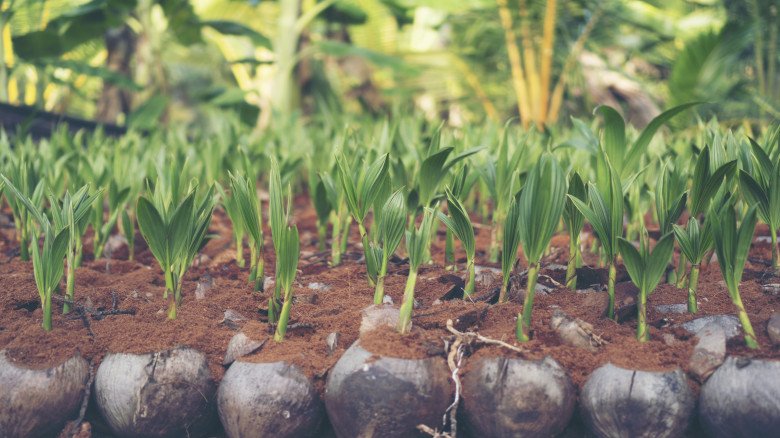
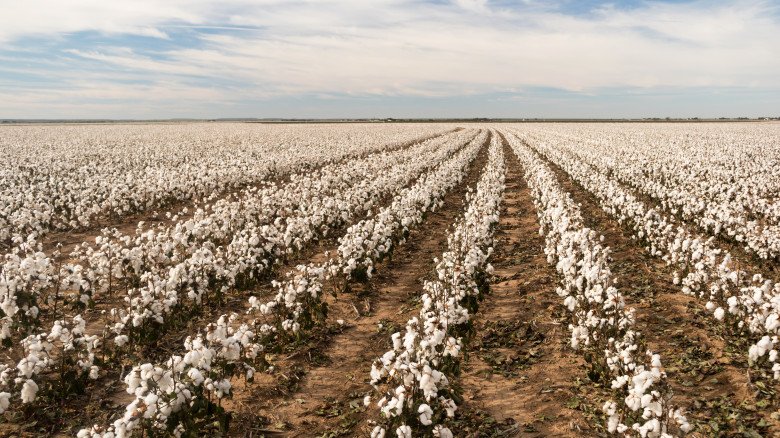

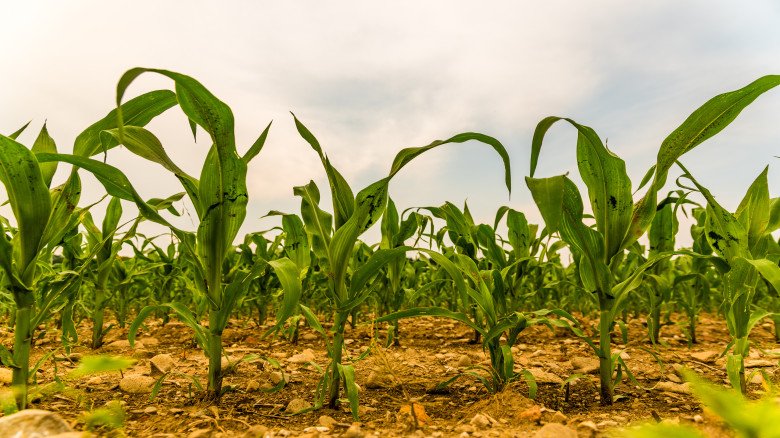
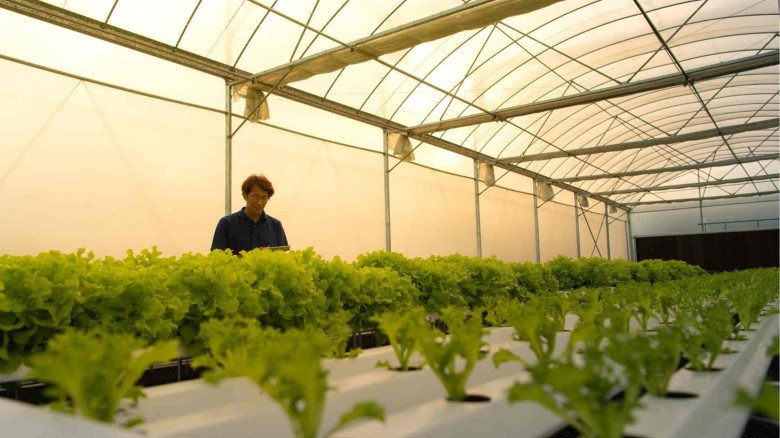




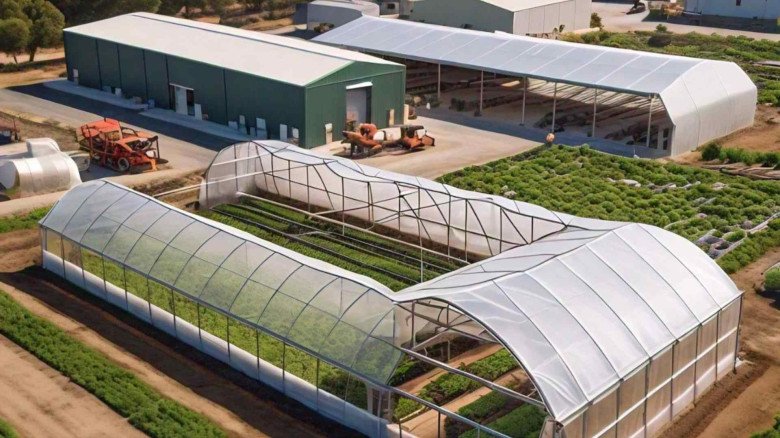

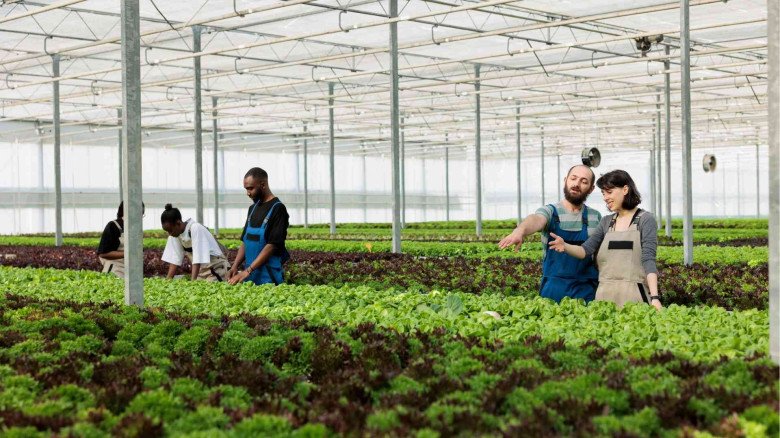
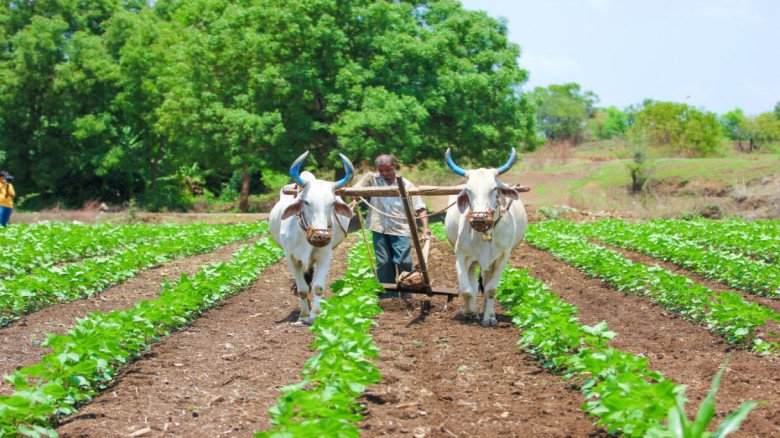
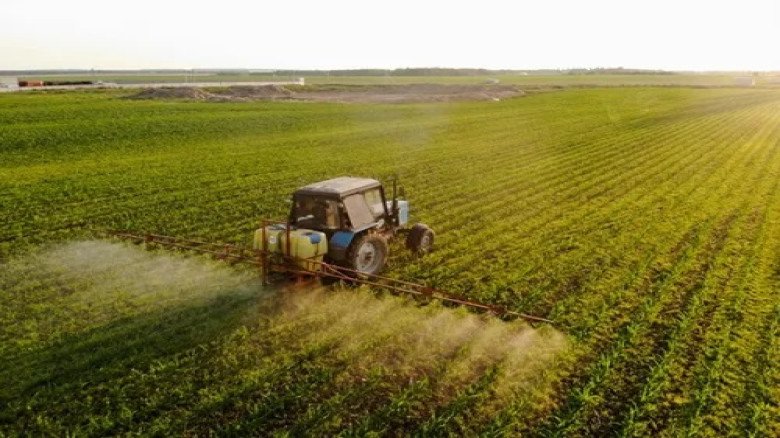
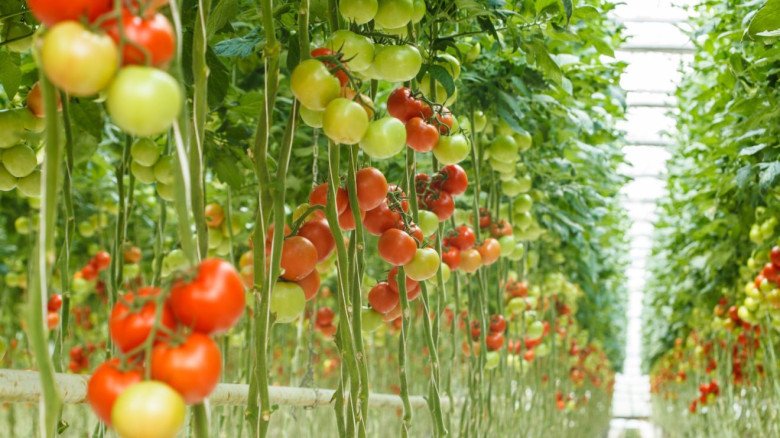

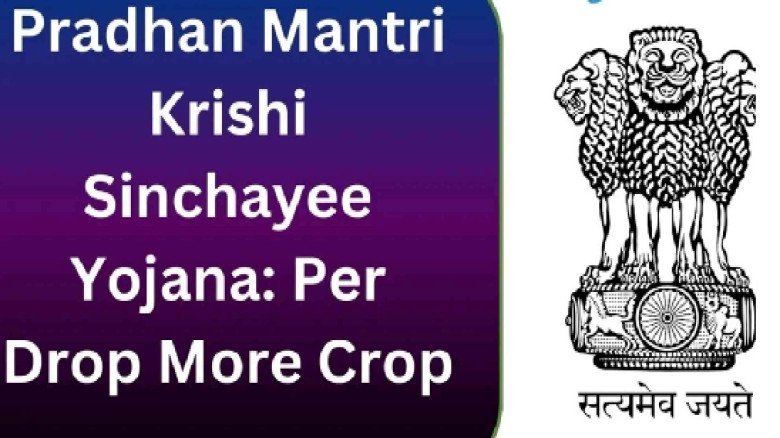


Leave A Comment